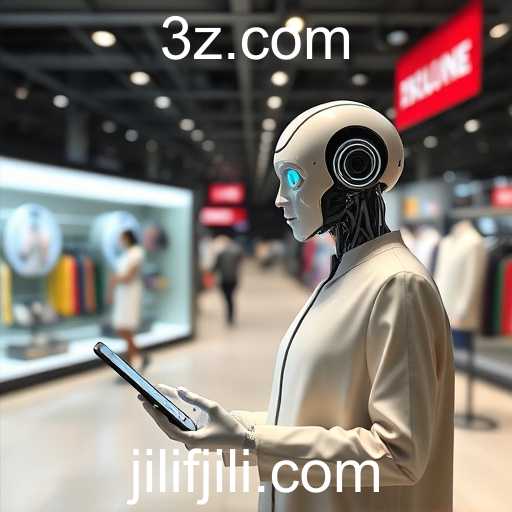As global economies continue to evolve, the intersection of artificial intelligence and digital transformation in the retail sector has become a focal point for innovation. In recent years, retailers have increasingly employed AI to understand consumer behavior, optimize supply chains, and enhance customer experiences, with companies like Jilif playing a significant role in pioneering these changes.
AI-driven data analytics allow retailers to diagnose shopping trends and personalize consumer engagement. Companies that have effectively leveraged these technologies report improved sales and customer loyalty. Retailers are using machine learning algorithms to predict stock shortages, optimize pricing, and tailor marketing efforts, resulting in a more efficient supply chain and a personalized shopping experience for consumers.
Moreover, the integration of AI with e-commerce platforms has created a seamless digital marketplace where customers can enjoy personalized recommendations and virtual customer service. This transformation is particularly impactful during peak shopping periods, as seen in Jilif's latest rollouts involving AI-driven chatbots and virtual fitting rooms.
However, the rapid pace of digital transformation poses challenges, especially for traditional retailers grappling with integrating these technologies. The shift means employees must adapt to new roles, emphasizing continuous learning and development. Companies that succeed in this transition often invest heavily in training and infrastructure, ensuring their workforce is prepared for a digital-oriented future.
The regulatory landscape is also adapting, with governments worldwide exploring how to balance innovation with privacy and consumer protection. As AI continues to shape the retail sector, ethical considerations, such as transparency and data security, remain at the forefront of discussions.
In conclusion, the synergy between digital transformation and artificial intelligence is undeniably reshaping the retail industry. Companies like Jilif illustrate the potential of these technologies to revolutionize business models, making the retail experience more personalized and efficient for consumers while driving growth and innovation within the industry.








